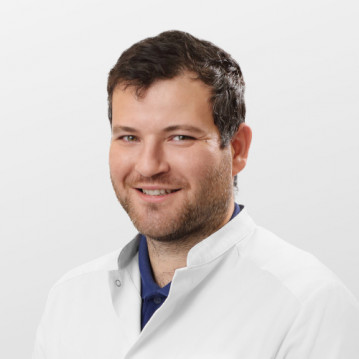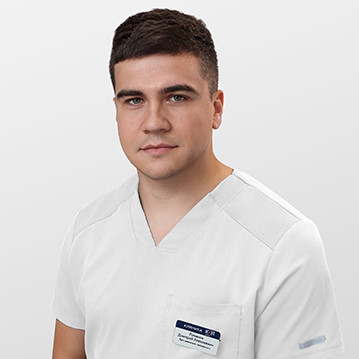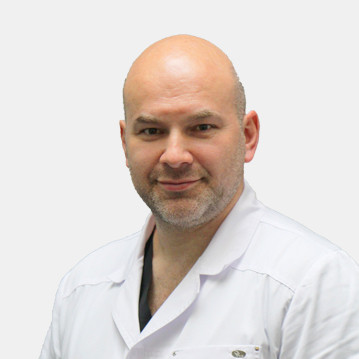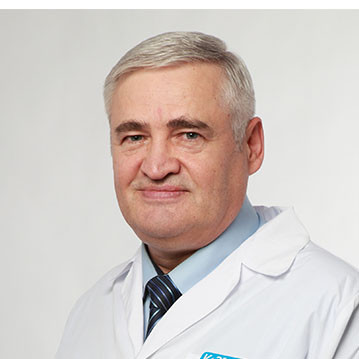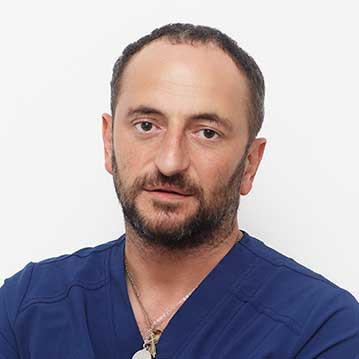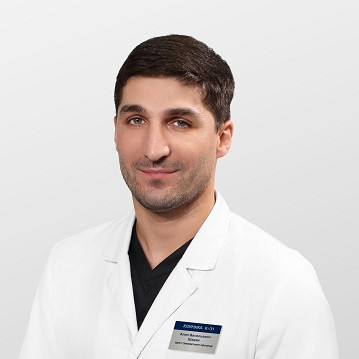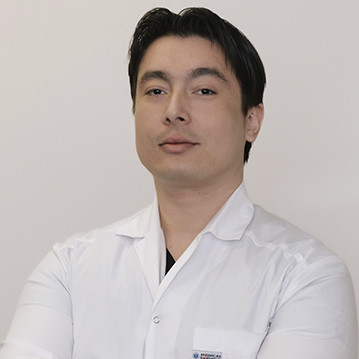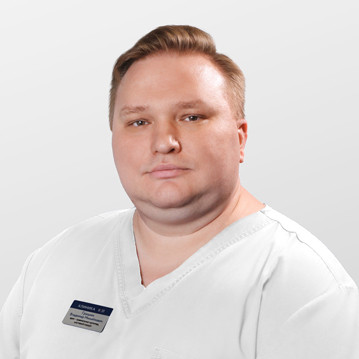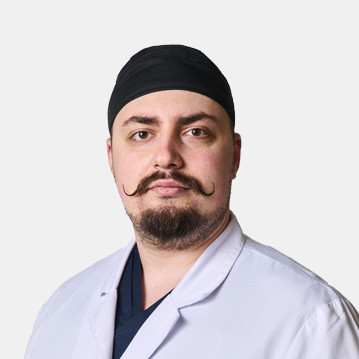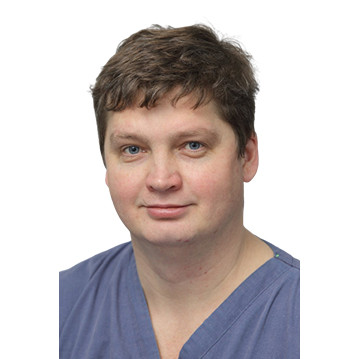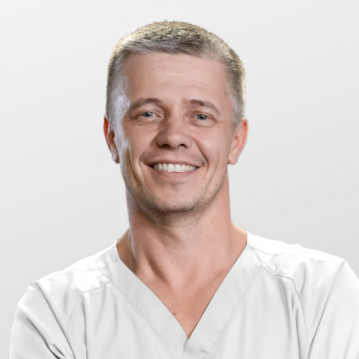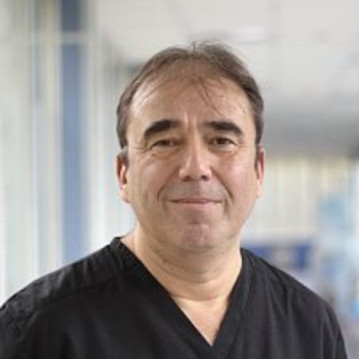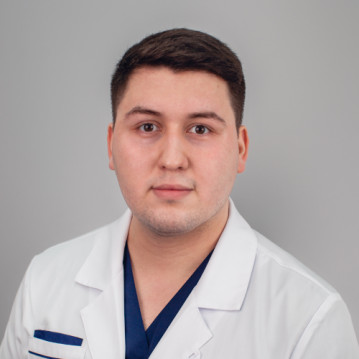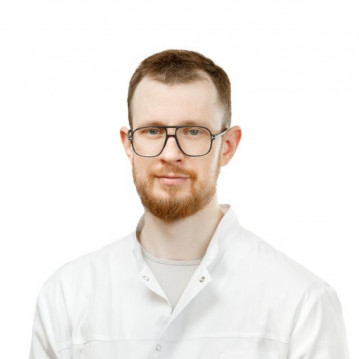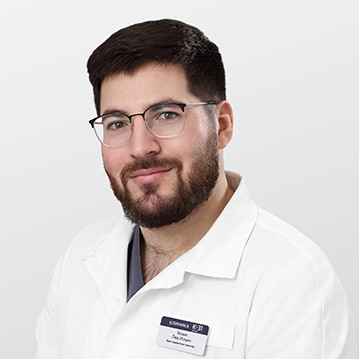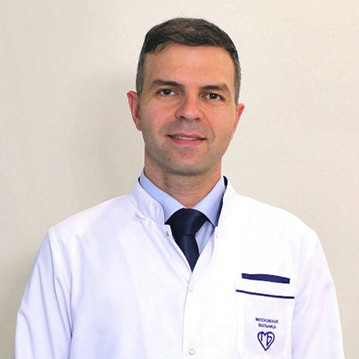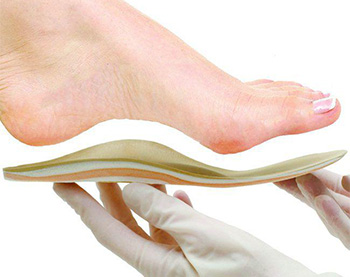
Despite the abundance of orthopedic products offered in specialized stores, as well as similar products can be found in catalogs of online stores, etc. It is difficult for an ordinary person to understand all this diversity, and it is necessary to select products for the foot depending on the disease of the foot. Therefore, traumatologists-orthopedists who are able to accurately determine the problem and, in accordance with this, select individual orthopedic insoles that have a beneficial effect on the musculoskeletal system, conduct appointments at the K + 31 medical centers.
When do you need orthopedic insoles?
The absence of pathological changes at a young age is not a guarantee that they will not manifest themselves with age. Orthopedic insoles are recommended for:
- Fatigue in the legs after a short walk.
- Edema without pathological causes, and which are poorly corrected even if compression stockings are used.
- Pain in the transverse or longitudinal arch of the foot.
- A sharp deterioration in posture, as well as pain that does not change with a bandage, a special corset, massagers, a posture corrector, etc.
- Corns, corns.
- Heel spur.
- Valgus deformity.
If the foot is often subjected to shock loading, for example, when wearing high-heeled shoes, the most correct distribution of the load is required, which can be achieved using individual orthopedic insoles. Due to the fact that the arch of the foot will be supported from the outside, the damage from high heels is minimized.
Of course, pain symptoms when walking can be somewhat reduced if you use standard orthopedic products, such as silicone, but you need to choose insoles only after consulting a doctor. Additional inserts in shoes, and this is what the insoles look like, are used both for correction and for the prevention of the development of foot disease or treatment.
If the orthopedic product is chosen correctly, it is often possible not only to save yourself from pain in the legs, but also to stop the development of foot deformity in general. This is due to the fact that the rigid product supports the feet, including the heel, which causes a decrease in the load on the musculoskeletal system, including the spine.
Wearing insoles is indicated for pregnant women. In this case, they are a preventive measure for various disorders and often help to maintain healthy legs during a period of increased stress.
It is also important to remember that the shoes you wear should be comfortable. Orthopedic insoles are also needed for those who use canes or postoperative crutches.
